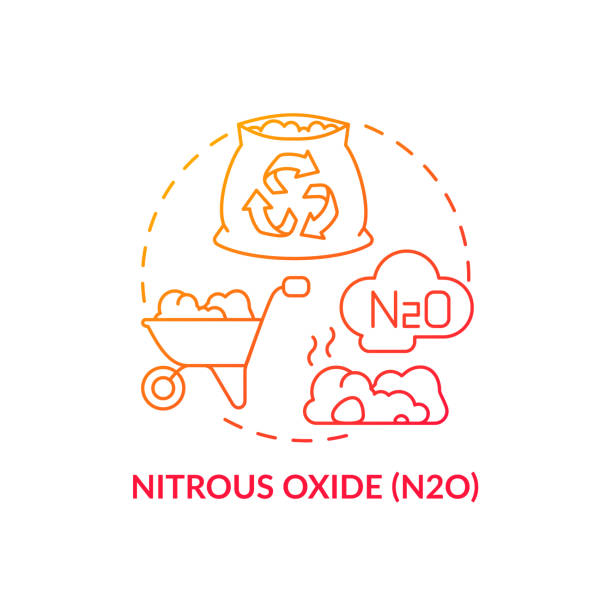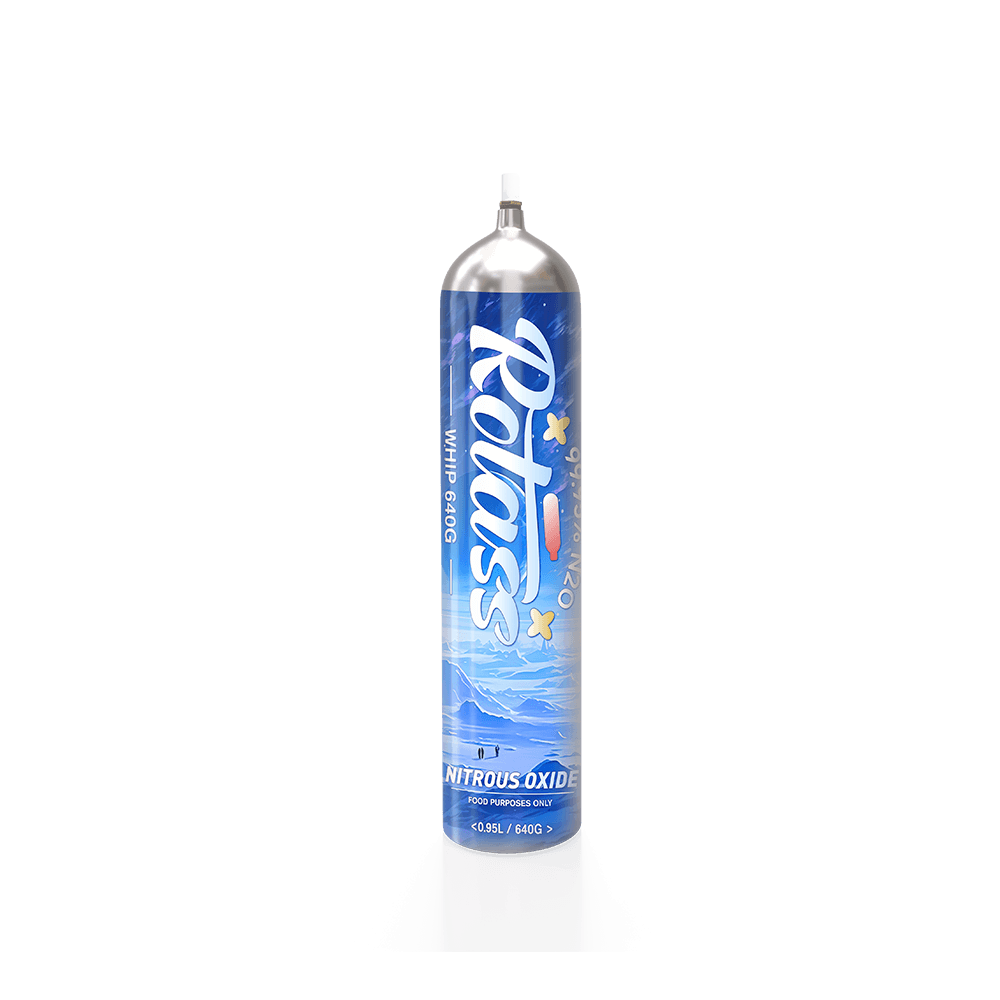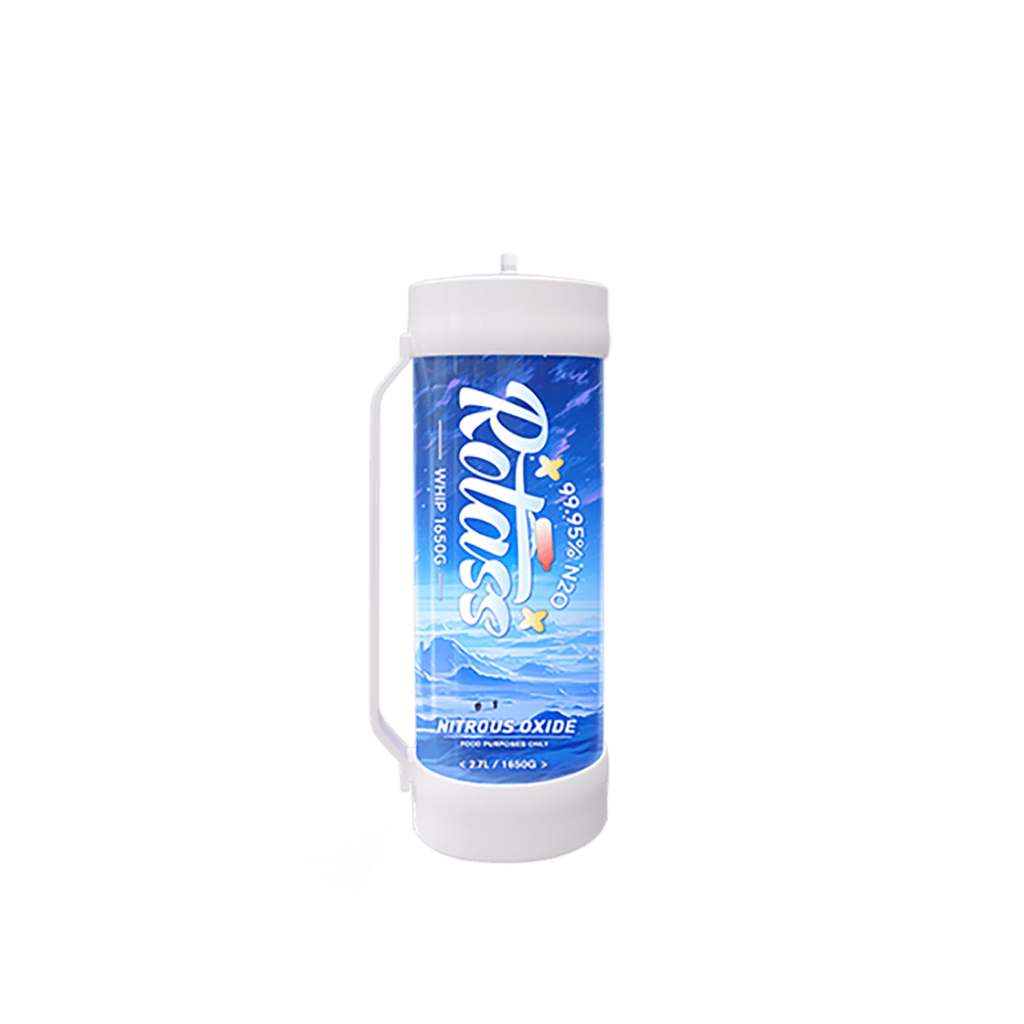2025 / 05 / 06
How to Safely Empty a Nitrous Oxide Canister
Table of Contents
Nitrous oxide (N2O), commonly known as laughing gas, is a versatile chemical compound with applications ranging from food production (as a propellant in whipped cream dispensers) and the medical field (as an anesthetic and analgesic) to various industrial processes. It is typically stored and transported in pressurized cylinders or canisters. While generally safe when used as intended, improper handling, especially when emptying these canisters, can pose significant risks. This article outlines the necessary steps and precautions for safely emptying a nitrous oxide canister, emphasizing the importance of adhering to manufacturer guidelines and local regulations.
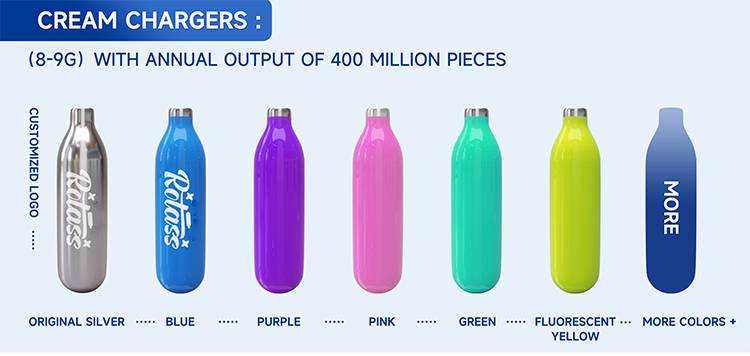
What are Nitrous Oxide Canisters?
Before attempting to empty a nitrous oxide canister, it is essential to understand its properties, construction, and associated risks.
1. Properties and Common Uses of Nitrous Oxide
Nitrous oxide is a colorless, non-flammable gas with a slightly sweet odor and taste. Its chemical formula is N2O, and it exists as a gas at standard temperature and pressure. Beyond its recreational use (which is strongly discouraged due to health risks), nitrous oxide finds legitimate applications in several industries:
- Food Industry: Primarily as a propellant in whipped cream dispensers, where its solubility in fats allows for the creation of light and airy textures.
- Medical Field: As an anesthetic and analgesic, often used in dental procedures and childbirth for its mild sedative and pain-relieving effects.
- Industrial Applications: In some specialized industrial processes, although these are less common for small canisters.
2. Structure and Function of Nitrous Oxide Canisters
Typical nitrous oxide canisters are small, single-use steel or aluminum cylinders designed to withstand high internal pressure. The nitrous oxide inside is stored in a liquefied compressed state. A valve mechanism at the top of the canister controls the release of the gas. This valve is usually designed for controlled dispensing with compatible devices. Understanding the basic mechanics of this valve is crucial for safely releasing the remaining gas.
3. Safety Risk Awareness While Handling Nitrous Oxide
Handling nitrous oxide and its canisters requires awareness of potential hazards:
- Asphyxiation: Inhaling high concentrations of nitrous oxide can displace oxygen in the lungs, leading to hypoxia and asphyxiation. This is a significant risk in poorly ventilated areas.
- Frostbite: Rapidly expanding nitrous oxide gas is extremely cold and can cause severe frostbite upon direct contact with skin or mucous membranes.
- High Pressure: The contents of the canister are under high pressure. Mishandling or damaging the canister can lead to a sudden and forceful release of gas, posing a physical injury risk.
- Potential Fire Hazard (Indirect): While nitrous oxide itself is non-flammable, it is a strong oxidizing agent and can support the combustion of flammable materials in the absence of air. Therefore, emptying should always be done away from open flames or sources of ignition.
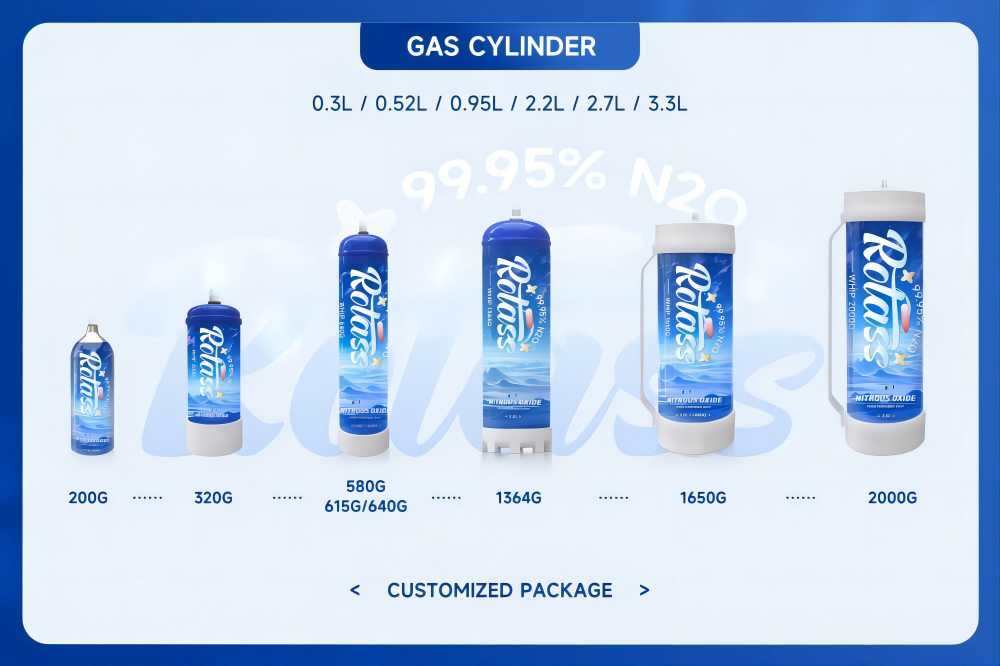
Step-by-Step Guide to Safely Empty a Nitrous Oxide Canister
Emptying a nitrous oxide canister requires meticulous attention to safety protocols. The following steps provide a comprehensive guide:
1. Prior Preparation and Safety Measures
- Selecting a Suitable Location: The emptying process must be conducted outdoors or in an extremely well-ventilated area. This ensures that any released nitrous oxide dissipates quickly and does not accumulate to dangerous concentrations. Avoid enclosed spaces where the gas could displace oxygen.
- Personal Protective Equipment (PPE): It is strongly recommended to wear appropriate personal protective equipment, including sturdy gloves to prevent frostbite from contact with the cold escaping gas, and safety glasses to protect the eyes from any potential debris or spray.
- Ensuring a Safe Surrounding Environment: Before commencing, ensure that the area is clear of any ignition sources, such as open flames, sparks, or heat. While nitrous oxide itself is non-flammable, it can act as an oxidizer and intensify combustion. Additionally, ensure that no unauthorized personnel are in the vicinity during the emptying process.
- Consulting Manufacturer Guidelines: The most critical step is to thoroughly read and understand the specific instructions provided by the manufacturer of the nitrous oxide canister. These guidelines may contain crucial information regarding the safe operation and emptying of that particular model.
2. Detailed Nitrous Oxide Canisters Emptying Procedure
- Slowly opening the Valve: Locate the valve on the canister. Open it gradually and cautiously. Avoid any sudden or forceful manipulation of the valve, as this could lead to an uncontrolled release of high-pressure gas. A slow and controlled opening allows the gas to escape steadily.
- Directing Gas Release: Ensure that the valve opening is directed away from yourself and any other individuals. This minimizes the risk of direct contact with the cold gas. Consider the wind direction if working outdoors to ensure the gas is carried away from people.
- Allowing Complete Gas Release: Permit the gas to escape fully until the canister is completely depressurized. You will likely hear a hissing sound as the gas is released, which will gradually diminish as the pressure inside the canister decreases. Be patient and allow sufficient time for all the gas to vent.
- Secondary Confirmation: Once you believe the canister is empty, attempt to slightly open the valve again to confirm that no residual gas remains. If no further hissing or pressure is detected, the canister is likely empty.
3. Precautions During Nitrous Oxide Canisters Emptying
- Avoiding Inhalation: Under no circumstances should you intentionally inhale the released nitrous oxide. While it has anesthetic properties, uncontrolled inhalation can lead to serious health risks, including asphyxiation and neurological damage.
- Preventing Frostbite: Be extremely cautious to avoid direct skin contact with the rapidly expanding nitrous oxide gas. The sudden drop in temperature can cause severe frostbite almost instantly. Wear appropriate gloves and maintain a safe distance.
- Not Forcing the Valve: If the valve is stiff or difficult to open, do not attempt to force it. Applying excessive pressure could damage the valve and lead to an uncontrolled and potentially dangerous release of gas. In such cases, it is advisable to seek assistance from a qualified professional or the supplier.
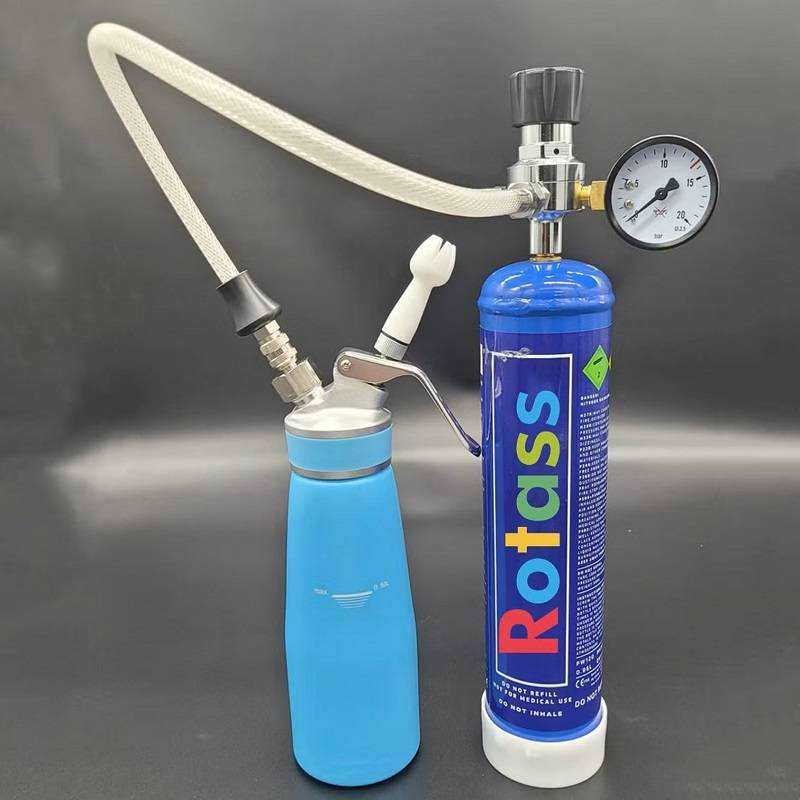
How to Properly Dispose of Empty Nitrous Oxide Canisters
1. The Importance of Safe Disposal of Nitrous Oxide Canisters
Discarding pressurized gas cylinders in regular household waste is hazardous. These cylinders can rupture or explode if mishandled, posing a significant risk to waste management personnel and the environment.
2. Different Disposal Methods of Nitrous Oxide Canisters
- Consulting Local Regulations and Waste Management Authorities: The first and most important step is to contact your local waste management authority or environmental protection agency to inquire about specific regulations regarding the disposal of compressed gas cylinders in your area. Disposal guidelines can vary significantly depending on your location.
- Household Hazardous Waste (HHW) Facilities: Many municipalities operate Household Hazardous Waste collection facilities that are equipped to handle various hazardous materials, including compressed gas cylinders. These facilities provide a safe and environmentally responsible way to dispose of empty nitrous oxide canisters.
- Metal Recycling Centers: Some metal recycling centers may accept empty steel nitrous oxide canisters for scrap metal recycling. However, it is essential to contact the recycling center beforehand to confirm their policies and any specific requirements, such as ensuring the valve is removed or the canister is punctured to guarantee it is completely empty and safe for processing.
- Returning to the Supplier: If the nitrous oxide canister was rented or purchased from a specific supplier, they may have a return or exchange program for empty cylinders. This is often the most convenient and environmentally sound disposal method.
3. How to Store After Emptying
Until the empty canister can be properly disposed of, store it in a secure, dry location away from heat sources and potential damage. Clearly mark the canister as “EMPTY” to avoid any confusion.
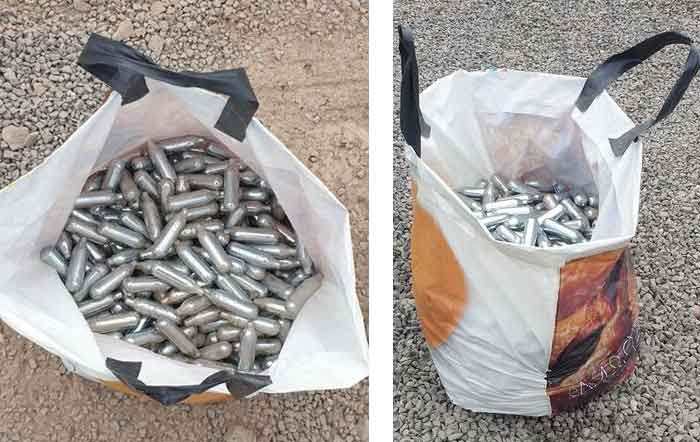
Conclusion
Safely emptying and disposing of a nitrous oxide canister requires careful adherence to safety protocols and local regulations. By understanding the properties of nitrous oxide, following the outlined steps for controlled release, and choosing an appropriate disposal method, individuals can minimize the risks associated with handling these pressurized containers. Always prioritize safety, consult N2O canister manufacturer guidelines, and when in doubt, seek guidance from qualified professionals or local waste management authorities to ensure the process is conducted responsibly and without incident.




